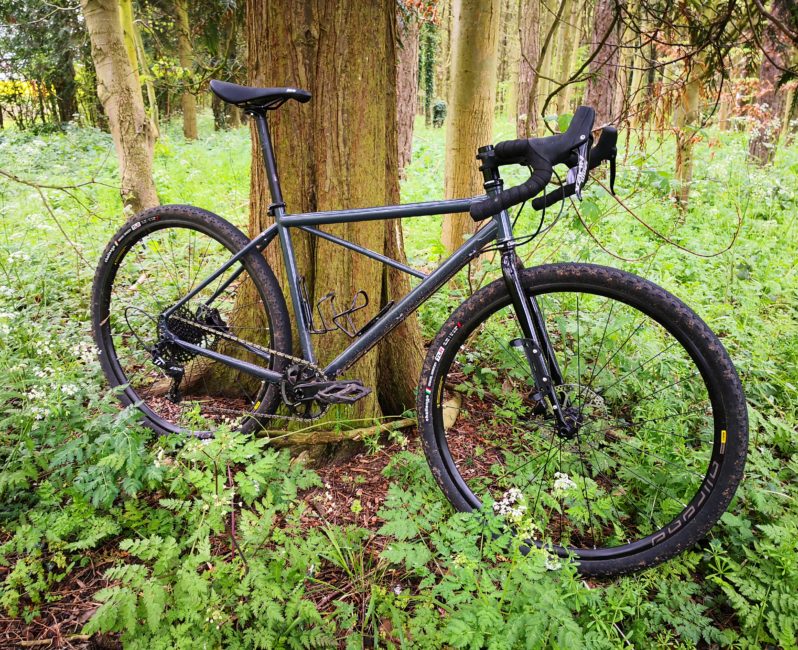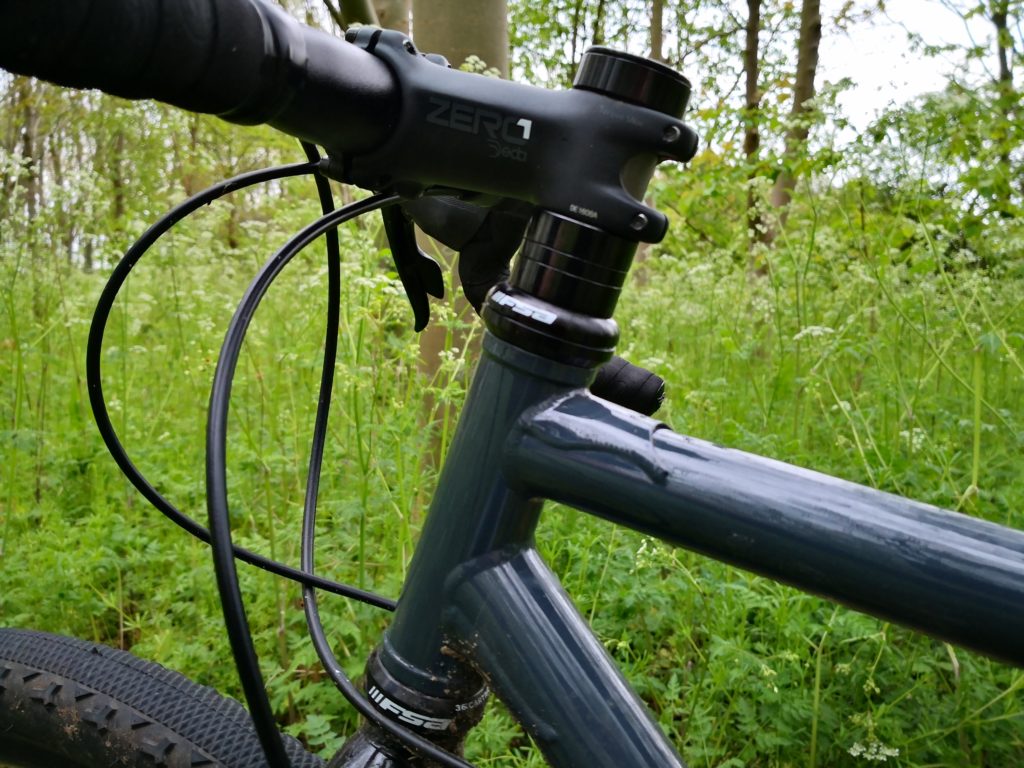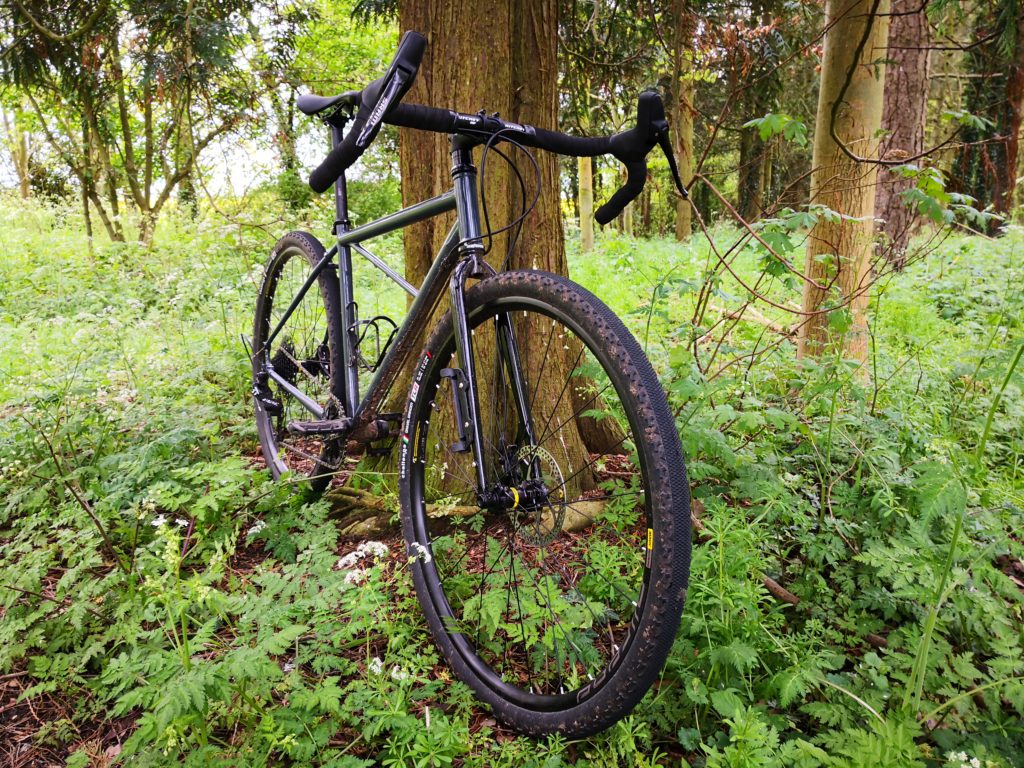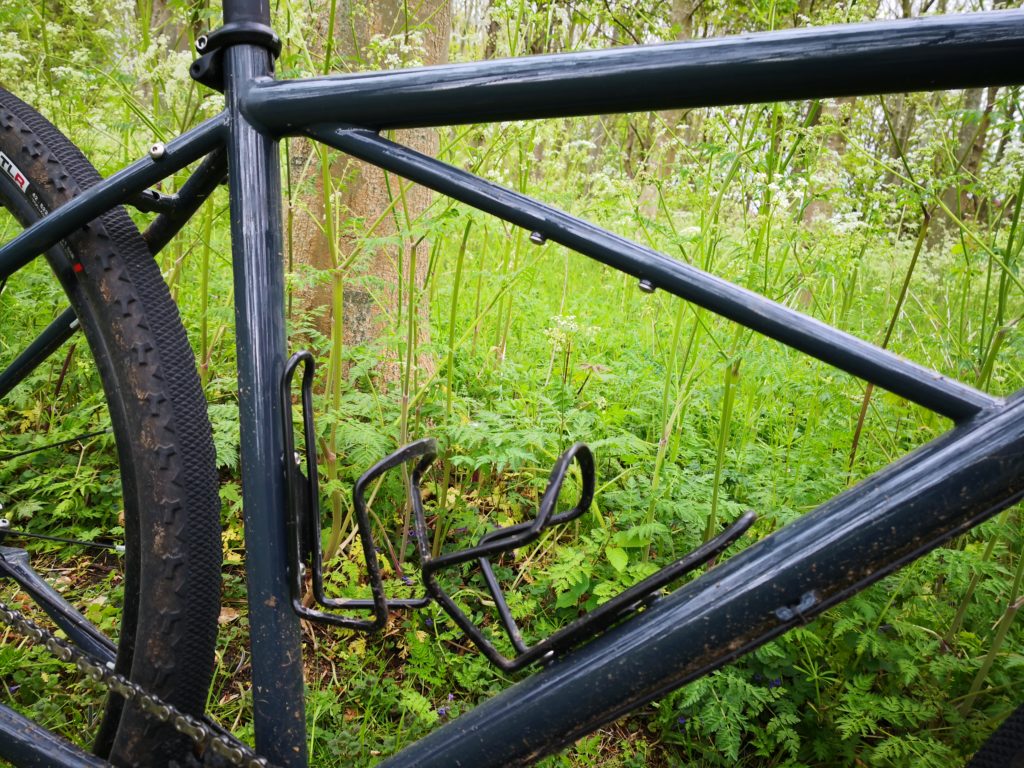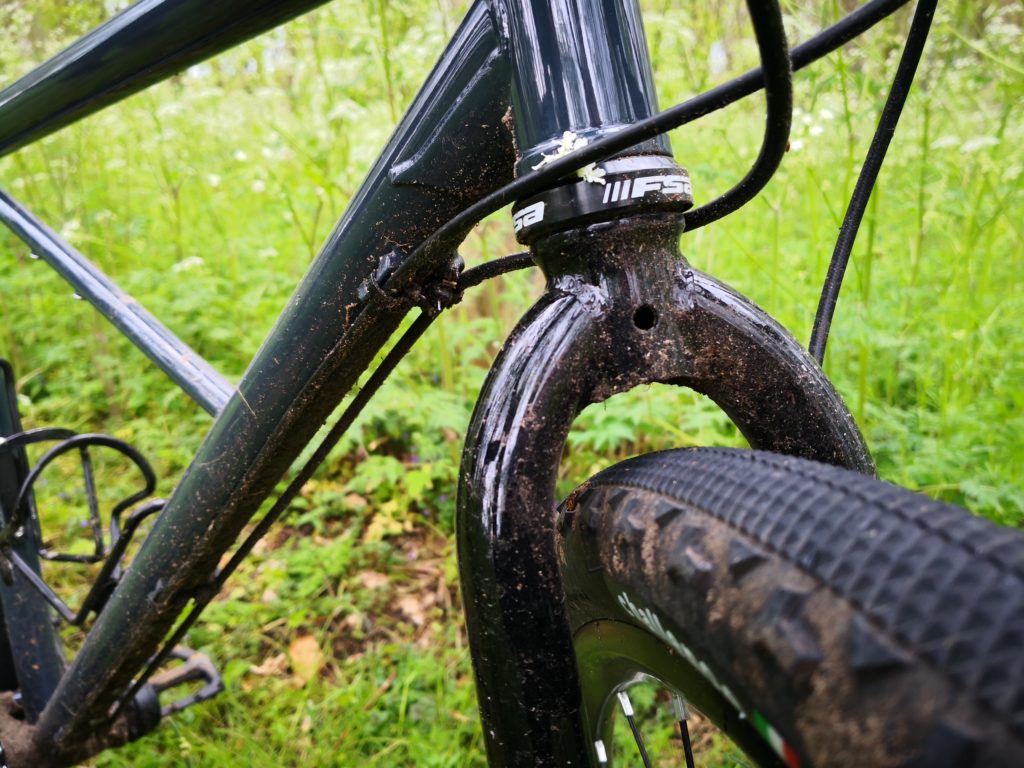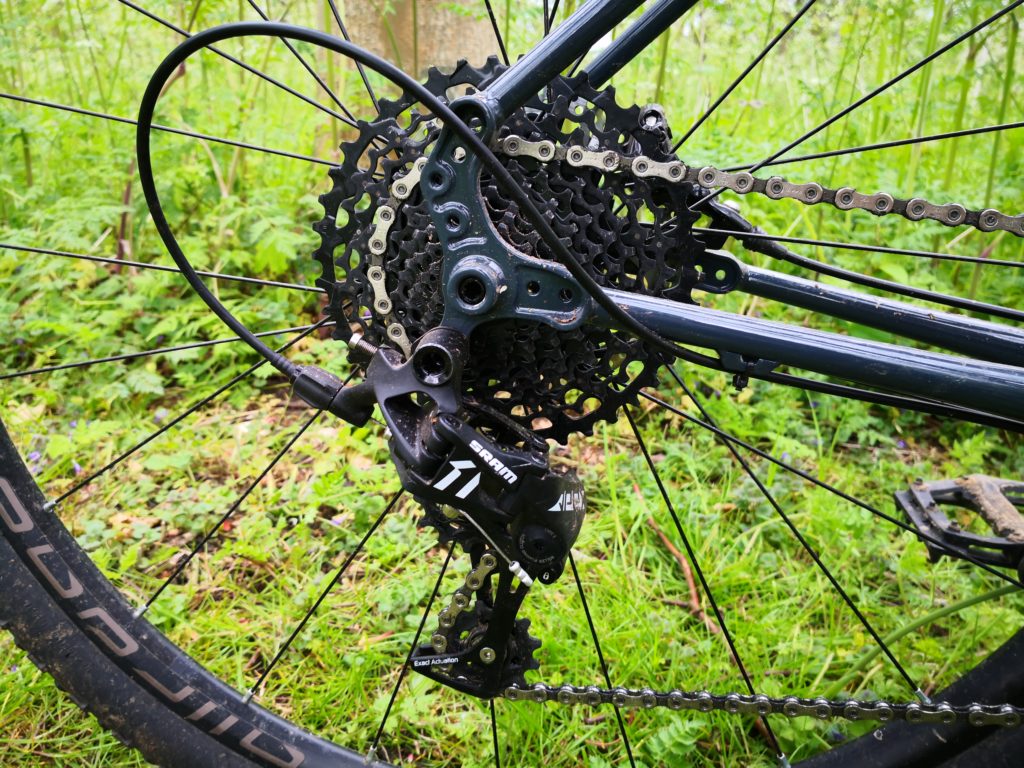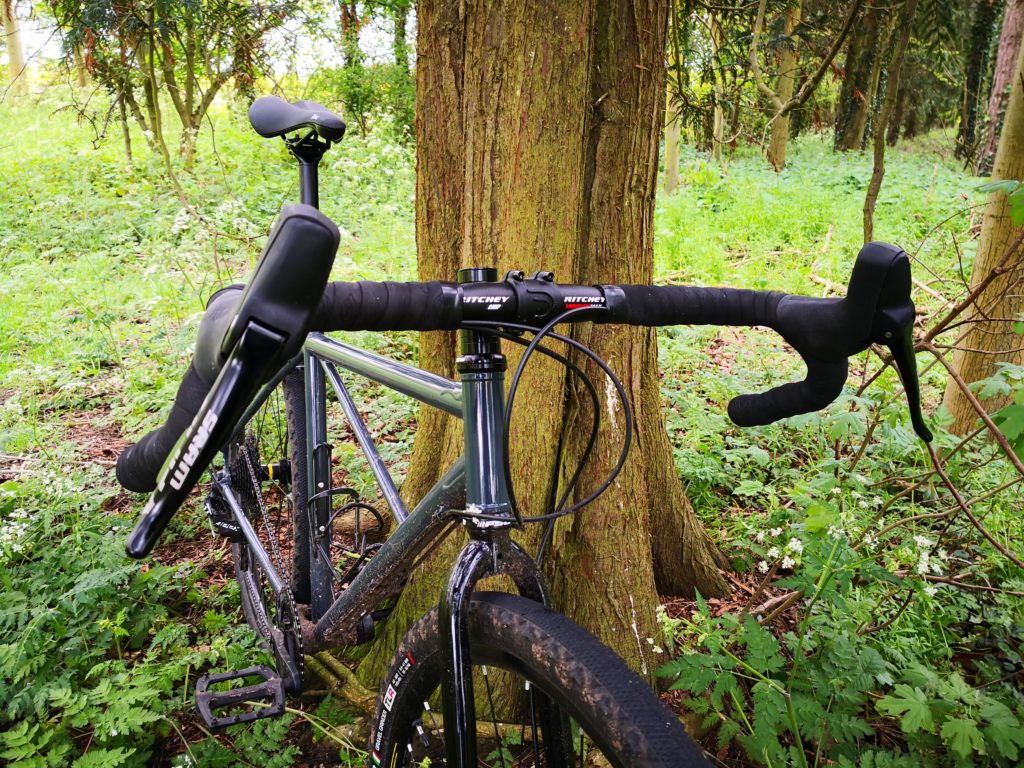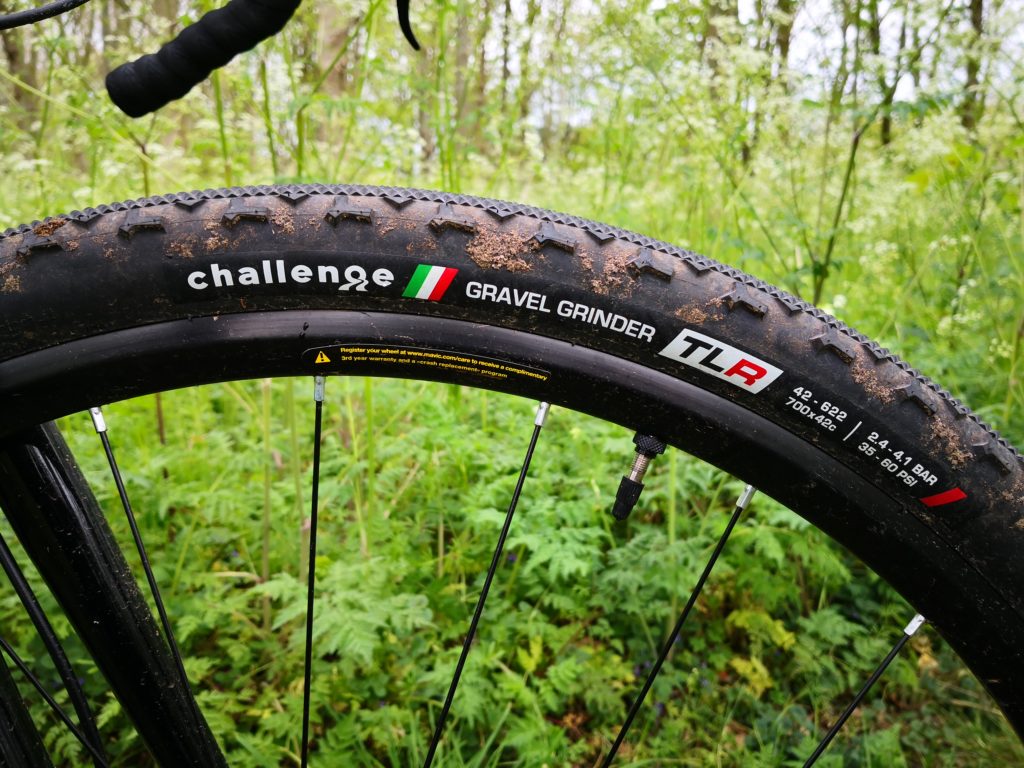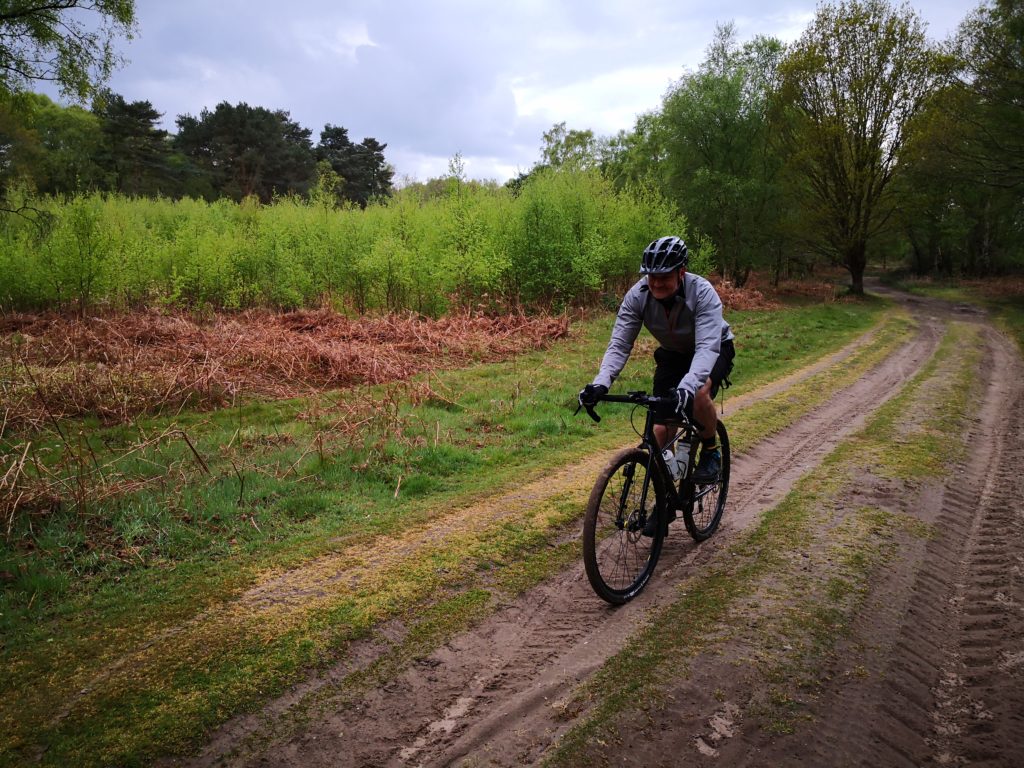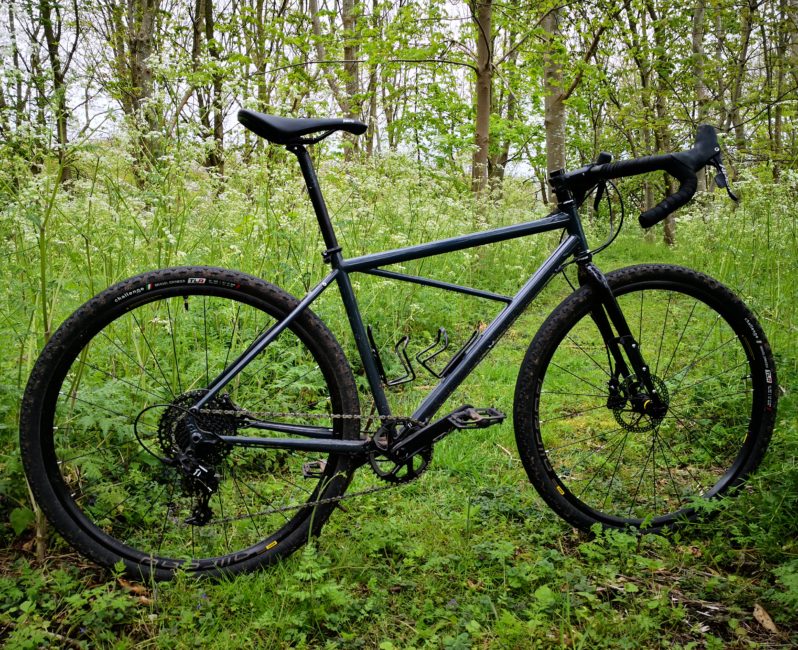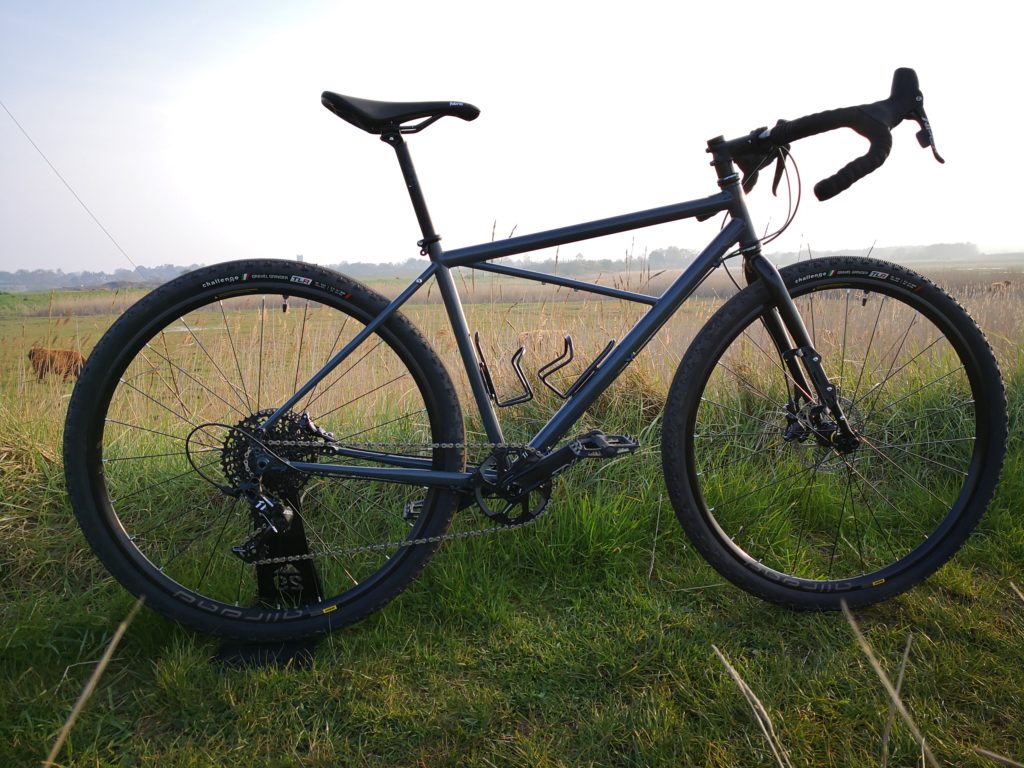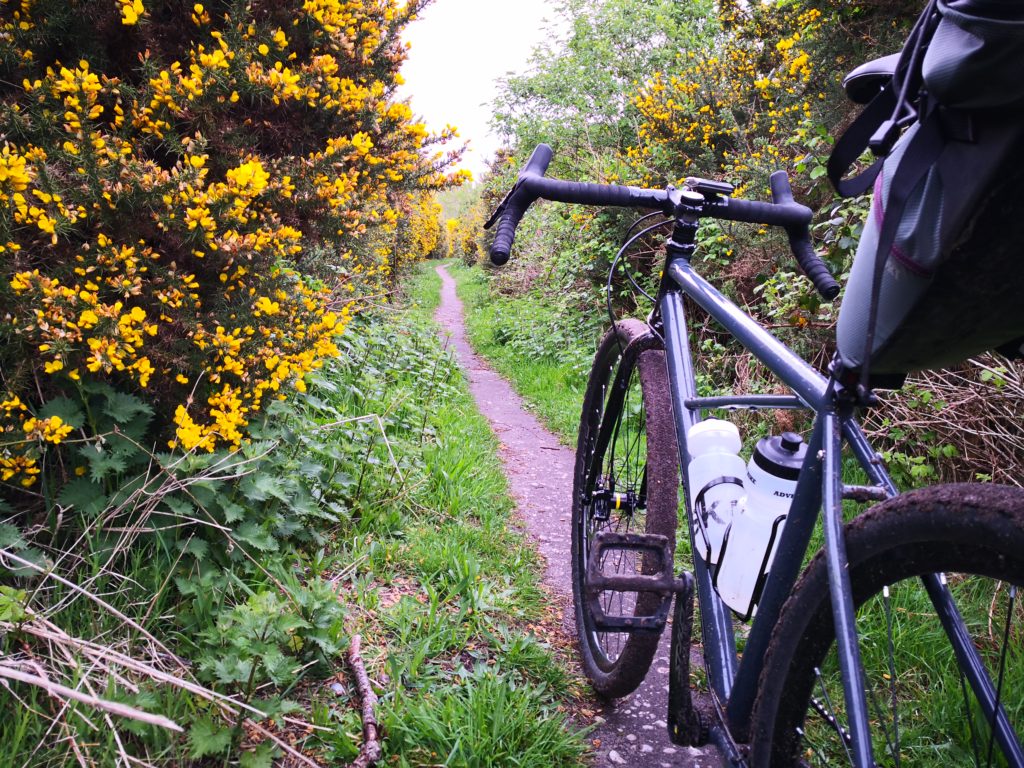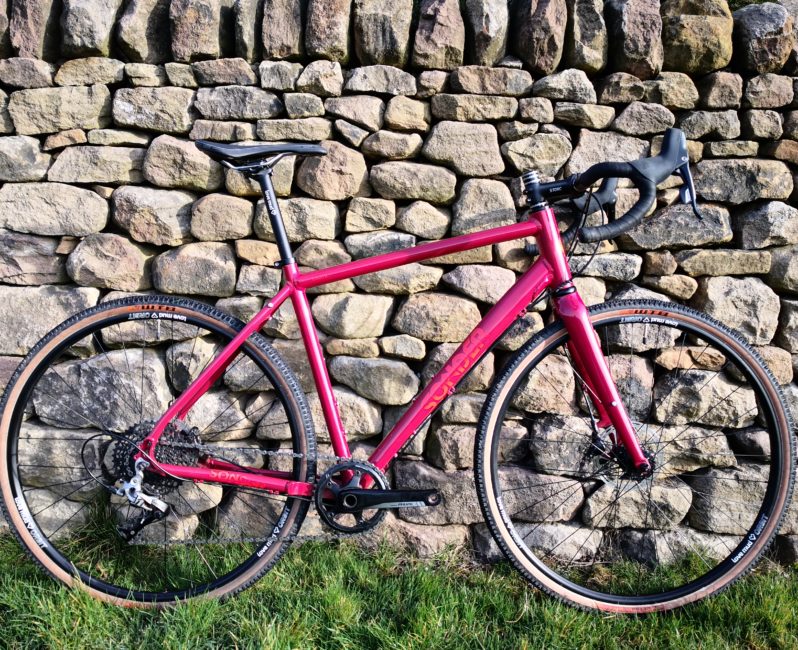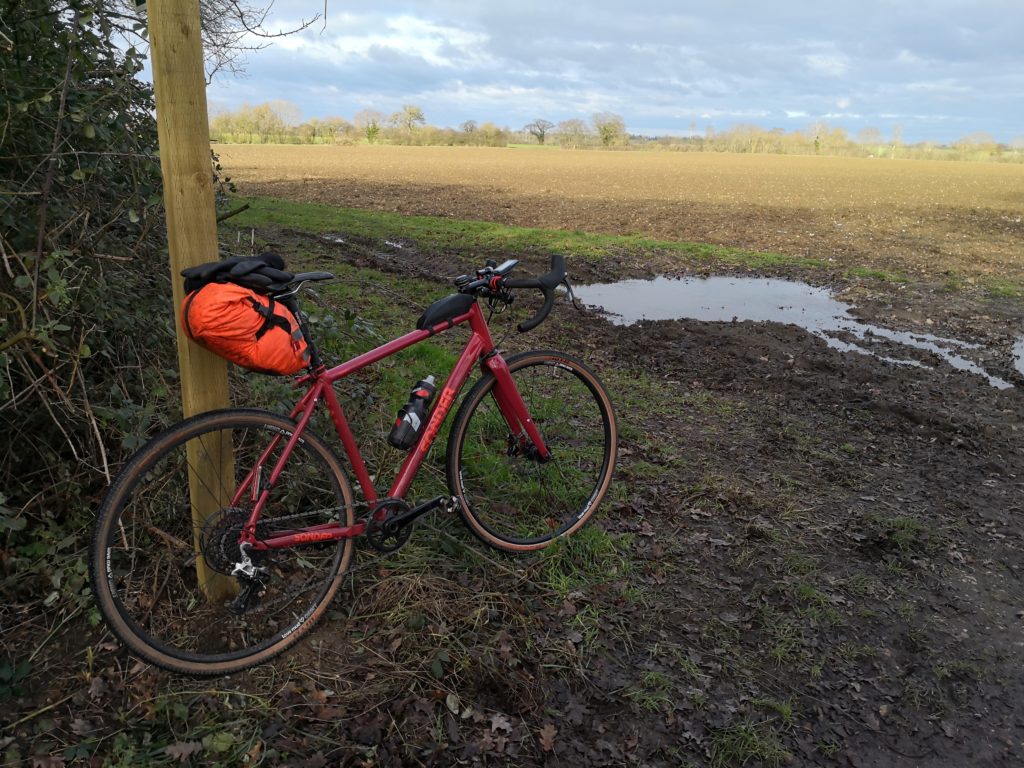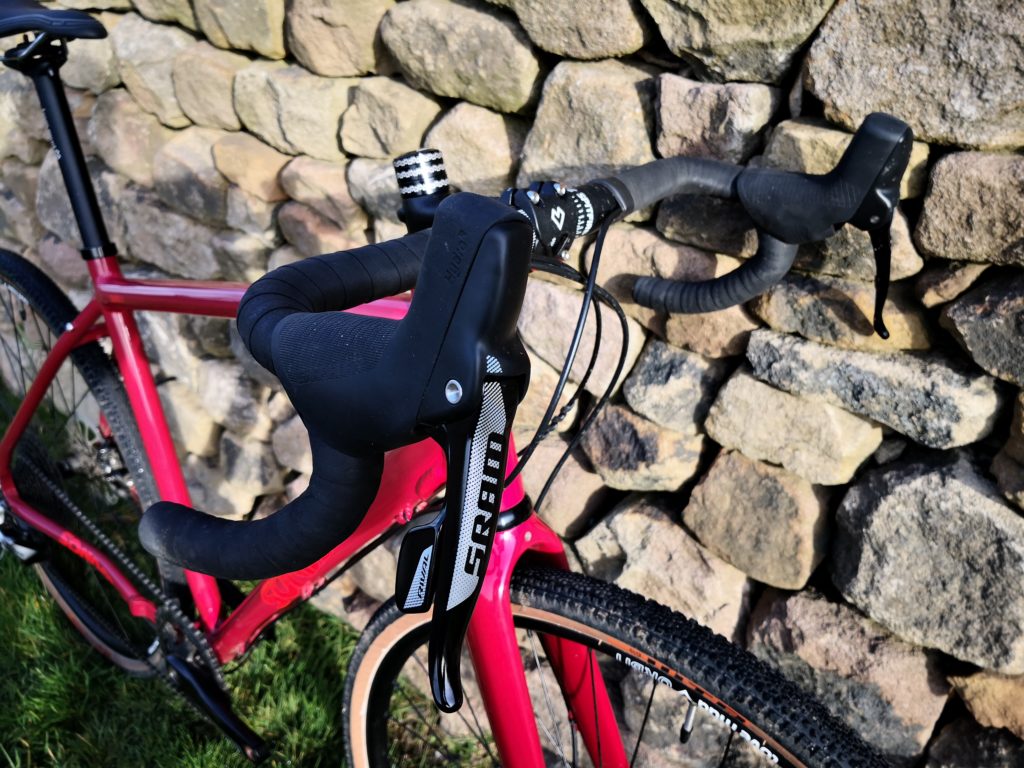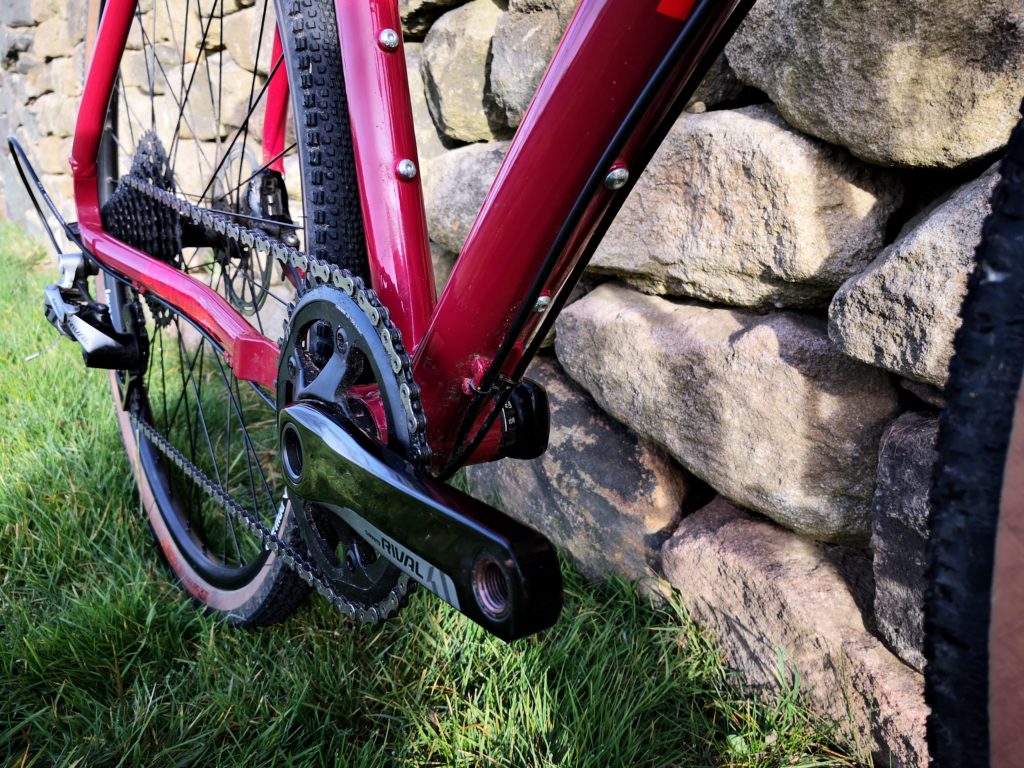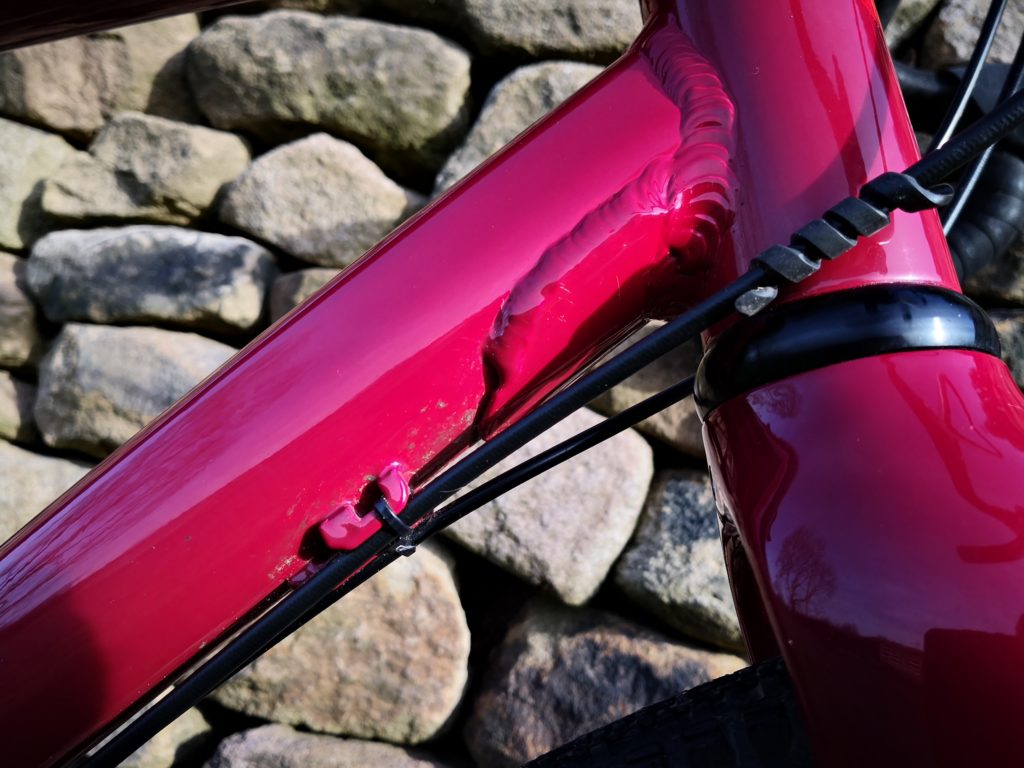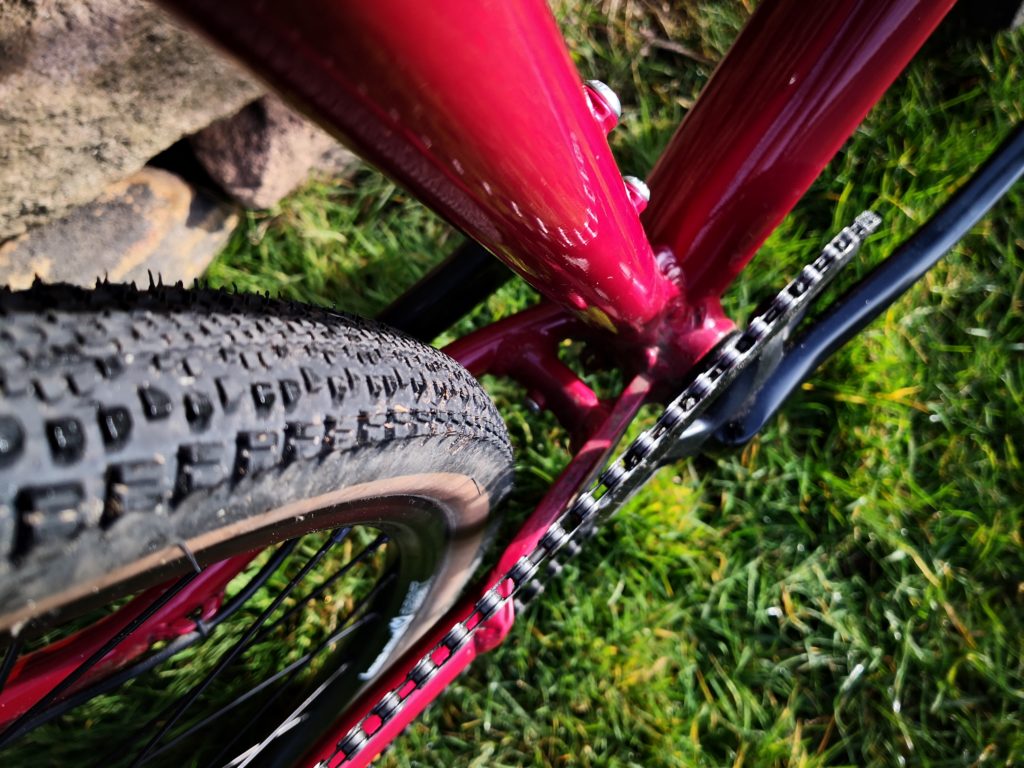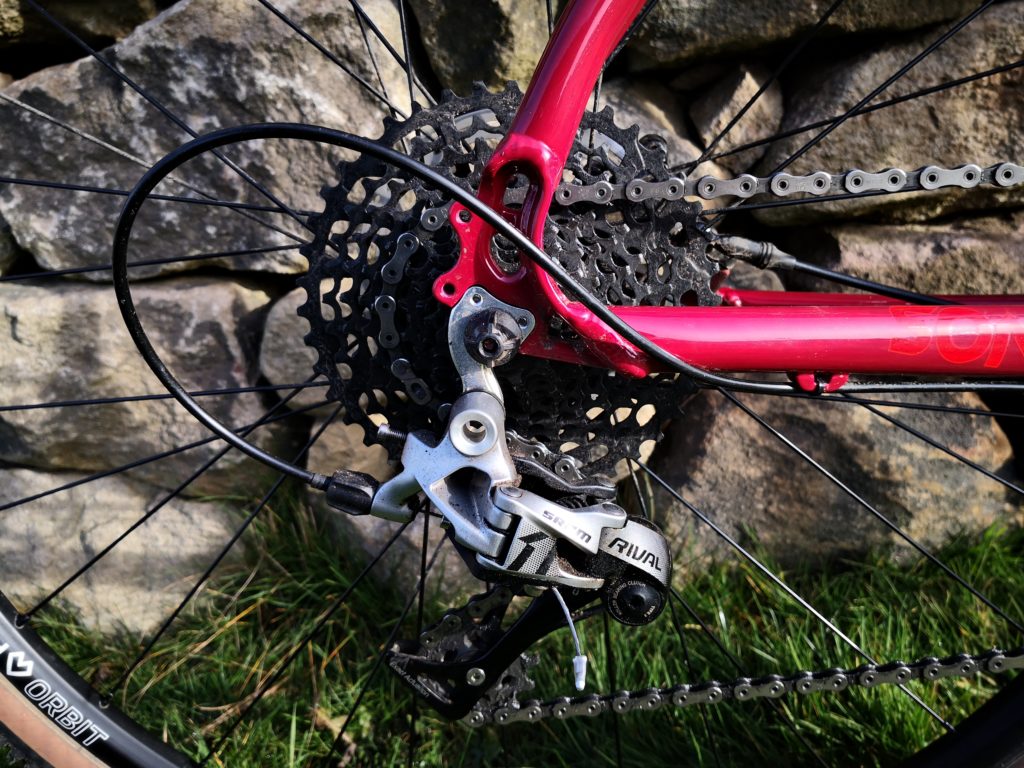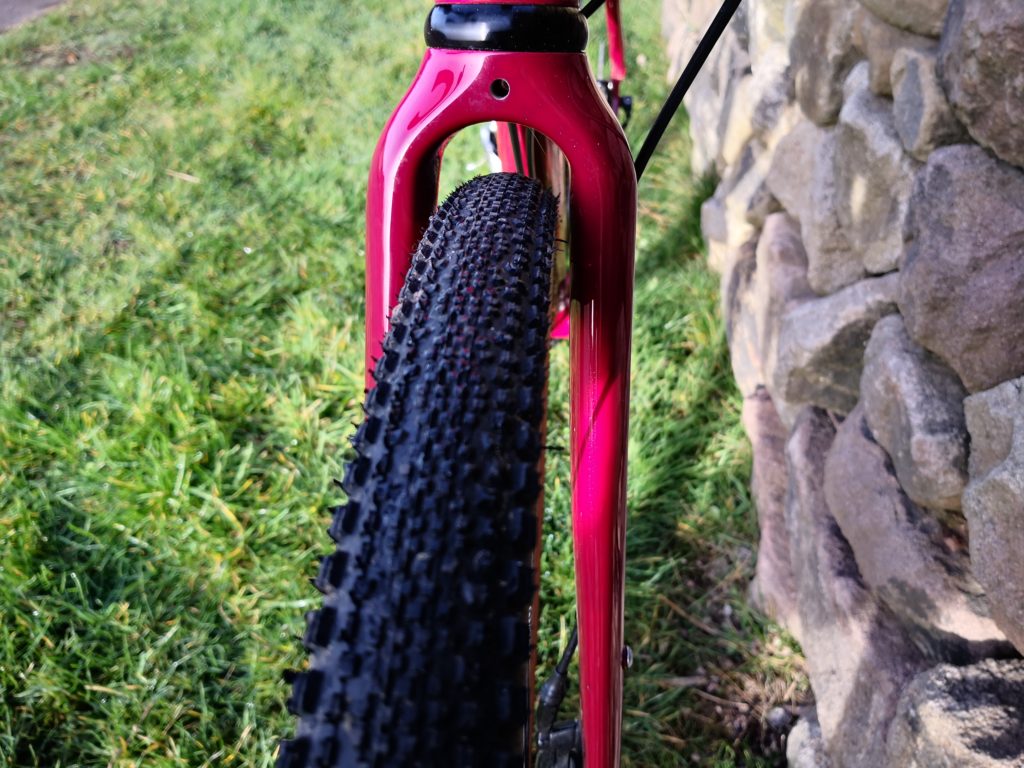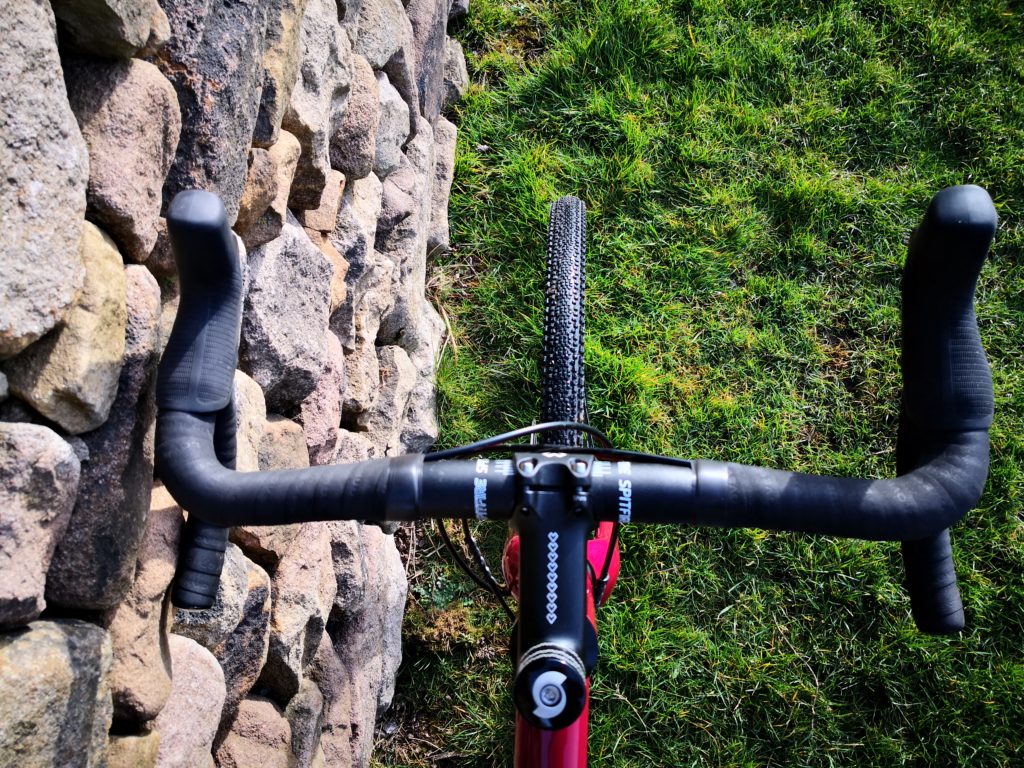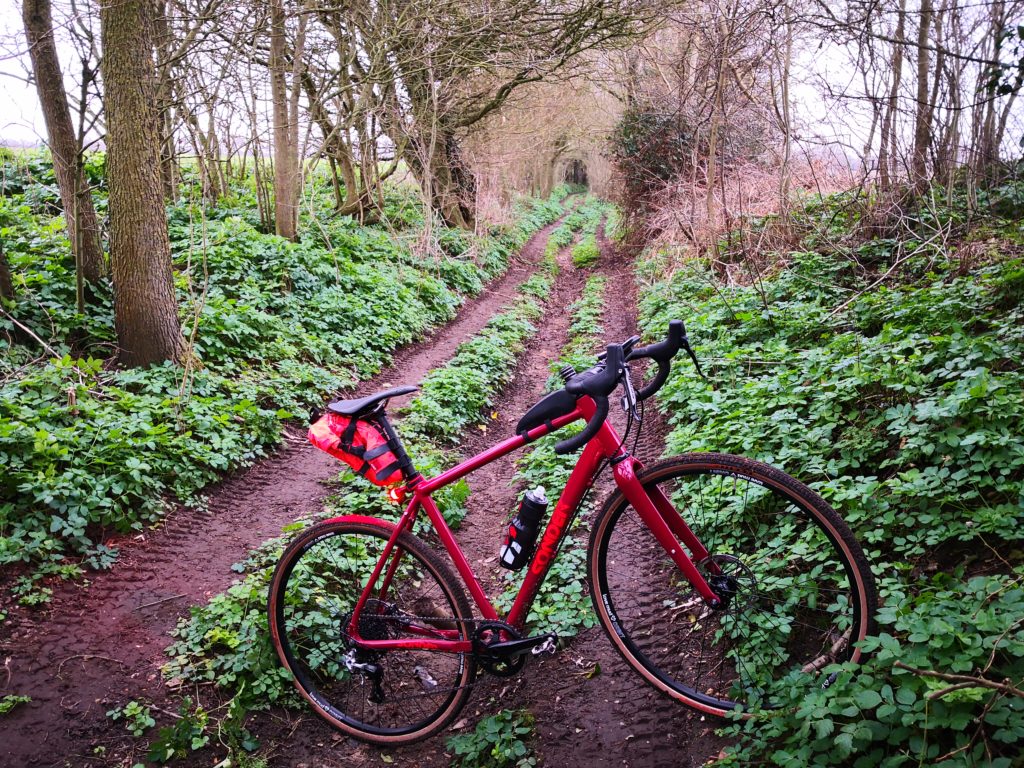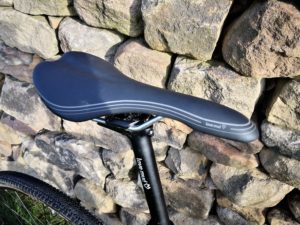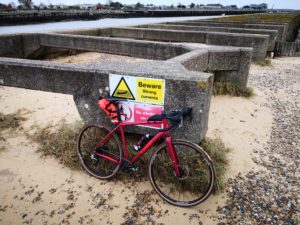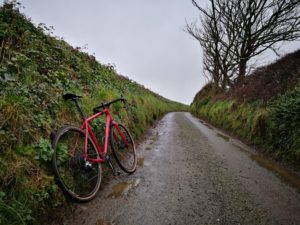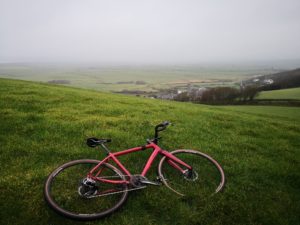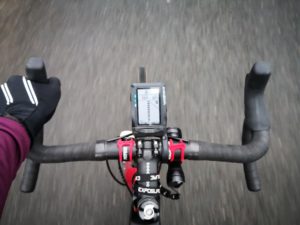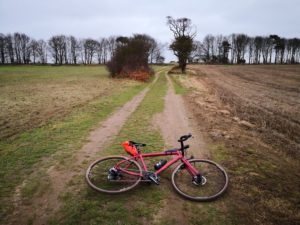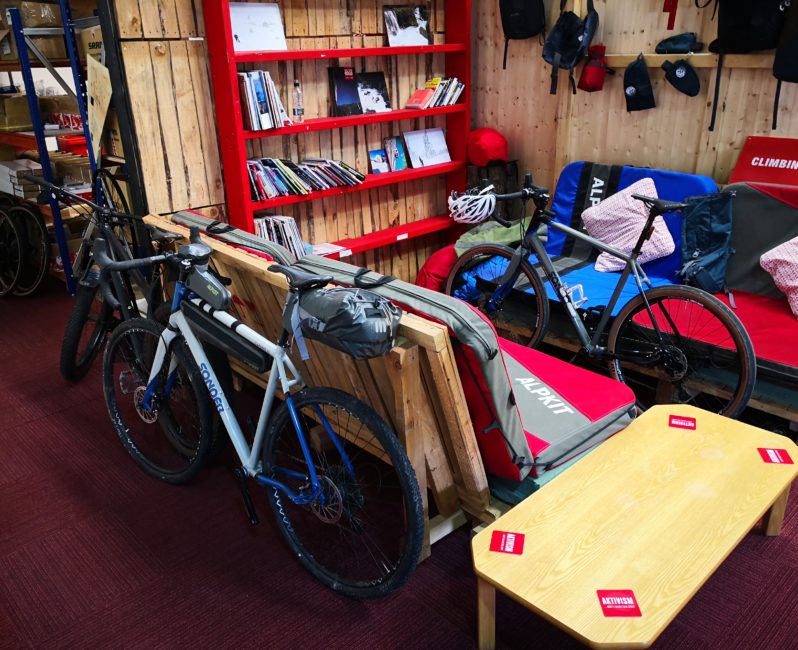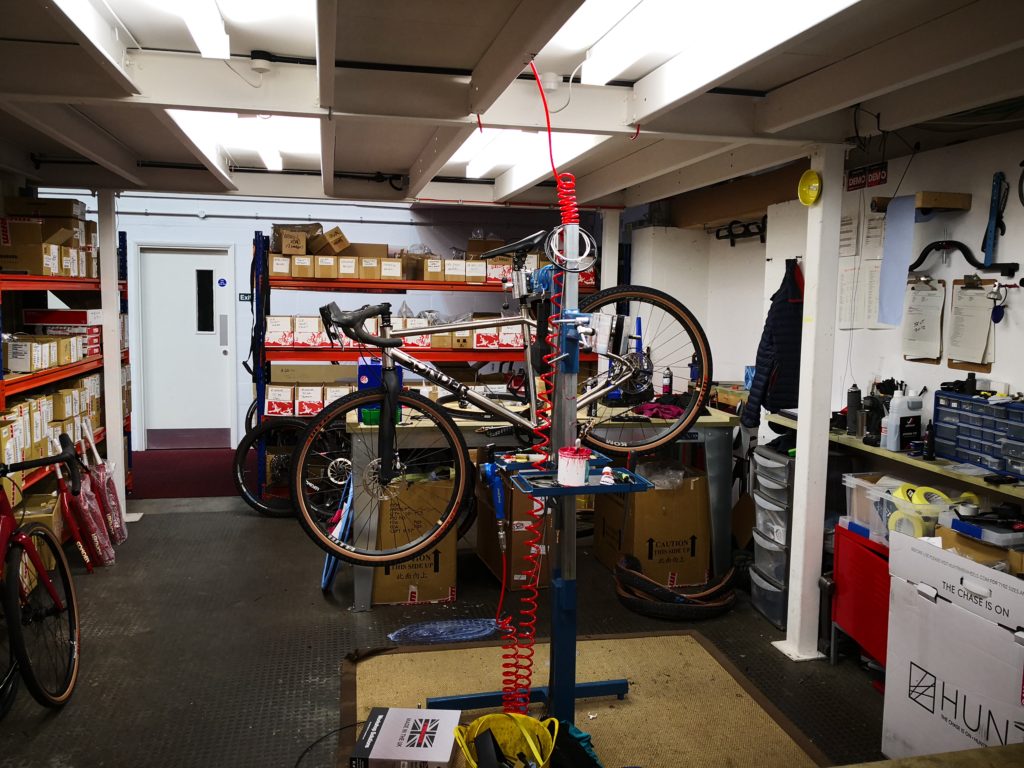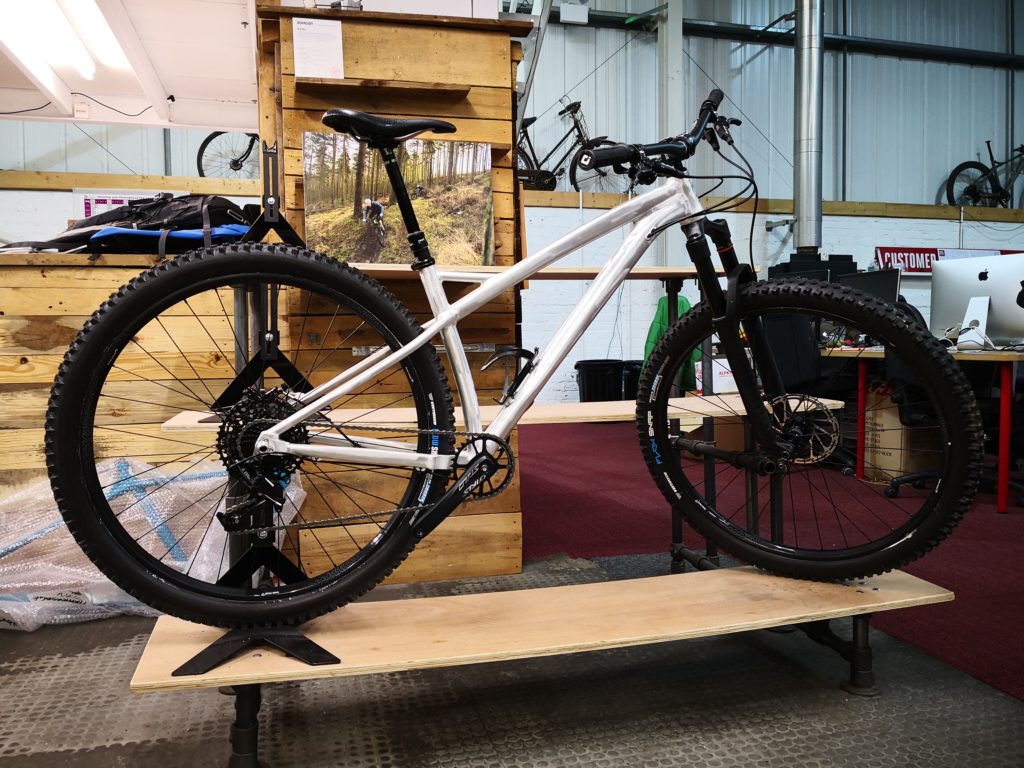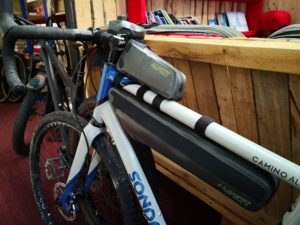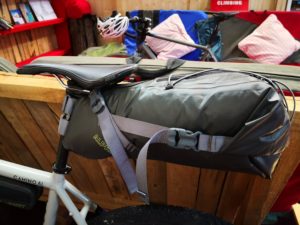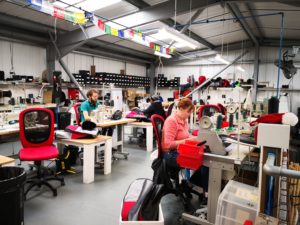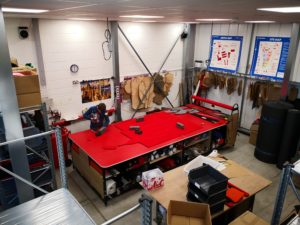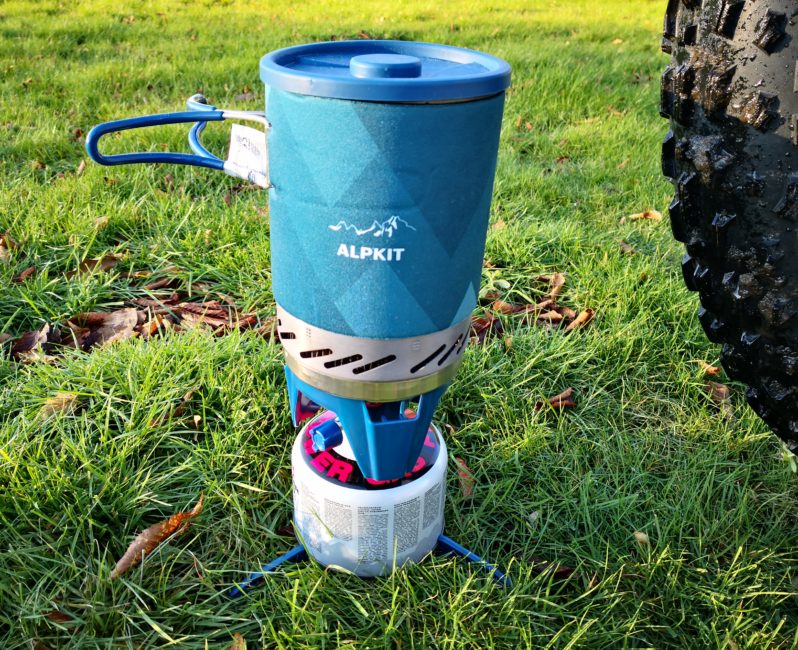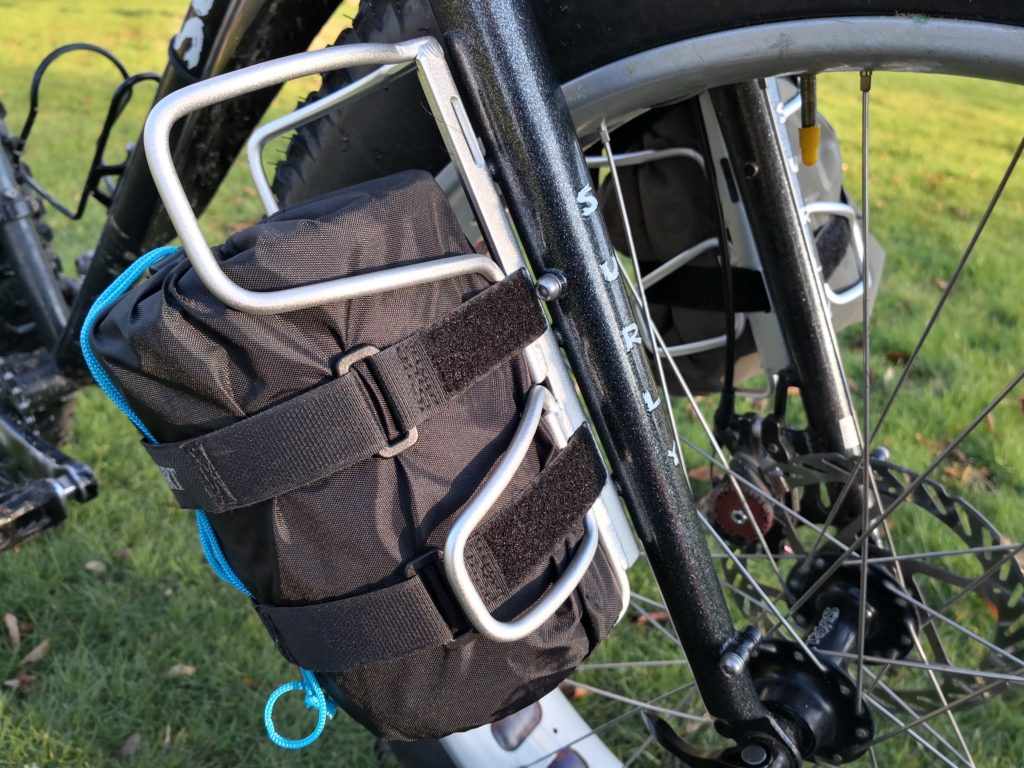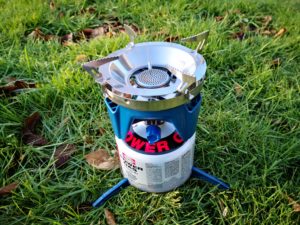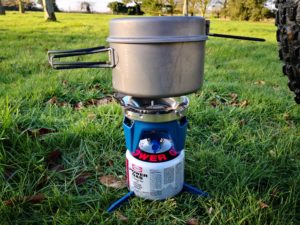BiViBIKES
BiViBIKES is the brainchild of Fraser Barsby, a veteran of the Dirt-Jump/DH scene. After a few years away, Fraser has returned to cycling to apply his years of experience to the gravel and adventure scene. The first two products under the BiViBIKES banner are the Bunker frame and Femur forks.
Go with what you know
Fraser’s long term love affair with Sanko steel has carried over to the BiViBIKES frameset. Unlike his jump bikes, the frame uses sleek tubing with neat welds and subtle reinforcing gussets in high stress locations. The ride promises to be lively rather than heavy and dull.
Both frame and forks feature intricate dropouts using standard 12mm thru-axles. Both tighten with a 6mm hex rather than a QR-lever and have their specification laser-engraved so sourcing spares should be easy.
Backcountry Utility
The Bunker is equipped with all the braze-ons you might expect.
- Rack and guard mounts at both ends.
- Anything cage mounts on the fork legs.
- Triple bottle cage mounts on the frame.
It should come as no surprise that the frame features a threaded bottom bracket shell, and external cables with full outers. All eminently practical stuff.
The, old skool, straight head tube precludes suspension forks or indeed, most carbon forks. I get the feeling that such options are at odds with the Bunker’s off-grid character so it is not really a problem.
Frame colours are still to be finalised (apart from the initial run of lacquered raw framesets) but the slate grey on the review bike looked smart and has held up to abuse while on test. Decals will be supplied with production bikes giving the rider the option to fly under the radar or display the bike’s identity. Additionally production frames will have their unique frame number engraved onto the headtube.
That tube
The main talking point about this bike is the extra tube (or Bivi-bar) in the main triangle. It is not just a design confection, a whim thrown in to make the bike stand apart from the rest. It really does have a genuine function. A range of custom, modular frame bags are being developed to fit to the Bivi-bar.
The larger/lower bag will attach via the three sets of bottle bosses instead of the more usual velcro strips. The obvious downsides are the extra weight and there is less room for your bottles if you do not use the custom bags. If these are compromises too far for you, a regular two-triangle Bunker frameset is on the way. As someone who has already invested in a full frame bag, I would prefer the more traditional frame configuration. That issue aside, the Bivi-bar went largely unnoticed.
Room to manoeuvre
Predictably, both frame and fork have decent clearance for mud-plugging. The forks have generous amounts plenty of room but the stays are a little tighter. For reference, the test-bike was equipped with Mavic Allroad wheels (22mm wide rims) and Challenge’s (true to size) 42c Gravel Grinder tyres. Most popular tyres should fit comfortably. BiViBIKES also have a test-mule built up with 650b wheels so the current crop of Roadplus tyres are also an option.
Build kit
While the BiViBIKES Bunker and Femur are being sold primarily as a frameset, full builds will be available in due course. Fully custom options will be offered alongside the spec featured here. Suffice to say, the choices made by the BiViBIKES team were pretty sound and suggest they know their onions! The full build weighed in a whisker over 24lbs which, considering the all steel construction, sturdy wheel and tyre combo, and Truvativ MTB cranks is a respectable all-in figure. As ever, saddle choice is a personal thing but the Fabric scoop saddle is a safe bet for keeping most riders happy. The seat post and stem are supplied by Deda with steering dealt with by the excellent Ritchey VentureMax bars wrapped in Cinelli tape. An FSA headset keeps things smooth and the only generic component I could find was the seat clamp which performed faultlessly in any case.
Drivetrain & Braking
The Apex 1 gears performed well, as did the hydraulic brakes. There is only a minor drop in refinement and power compared to the more expensive Rival & Force stablemates. The 1x arrangement with clutch mech is spot on considering the off road duties the Bunker’s will encounter. Compared to Apex models the Truvativ Stylo cranks might seem like overkill but they offer more appropriate gearing for loaded off-road riding out of the box. They also use SRAM’s new DUB BB system which has been generally well received.
Rolling Stock
It was nice to see good quality wheels and tyres. The 42mm Challenge Gravel Grinder tyres are the premium TLR (Tubeless Ready) versions and can be run happily with 35psi for a supple ride. They rolled well on hardpack and performed better than expected in the slop. Set up without tubes they didn’t burp, weep or leak during testing. Mavic’s new UST Allroad Wheels come, tubeless ready, out of the box. Using 23mm wide rims they can take 28-62mm tyres.
Ride & handling
The Bunker took the loose trails of the Peak District in its stride. You did not need razor sharp reactions to correct it when it bounced off-line, and the skinny steel lived up to its reputation for taking the edge off trail buzz. In short, the handling was predictable and solid, even on steep climbs. The bike also zipped along efficiently on the flat sections.
The wide Ritchey bars enhanced control through tight singletrack and allowed efficient, one finger braking. This spurred me on, confident in the knowledge that it could be easily reined in.
One size fits all?
One issue of course is that the Bunker is only available in one size. At 180cm tall I found the Bunker to be a good fit. Others might be less fortunate!
Conclusion
There is no getting away from the fact that being available in only one size automatically rules out the Bunker for lots of riders. However, it still makes for an interesting proposition if it does fit.
At around £500 for the frameset there are few rivals if steel is your bag. At £1579 for the build featured here, the Bunker is in the same ballpark as the similarly equipped Ragley Trig, Kona Rove or Genesis Fugio.
The Bunker is not a speed machine but it is not that slow. With your kit loaded up it makes a great platform for tapping out some sociable miles to a bivi spot. Whether your route takes in tarmac or singletrack you will have fun getting there.
